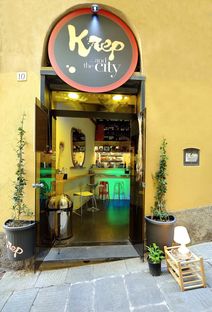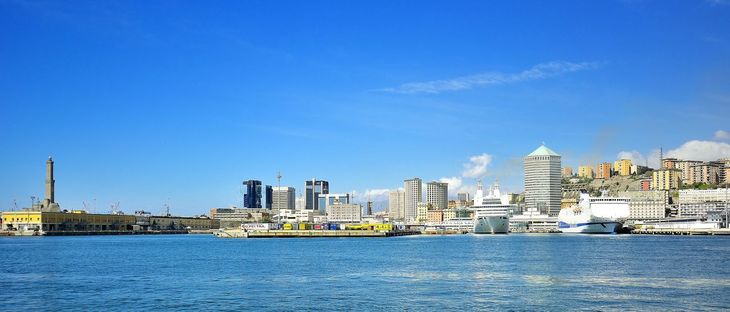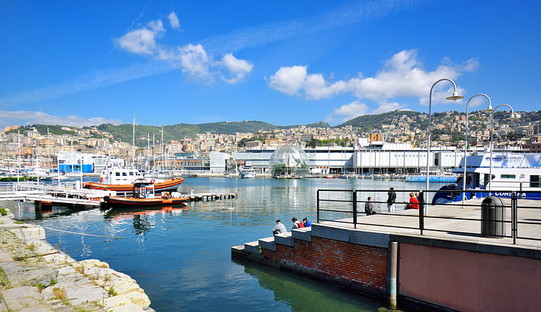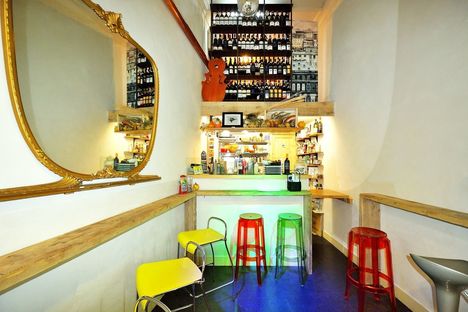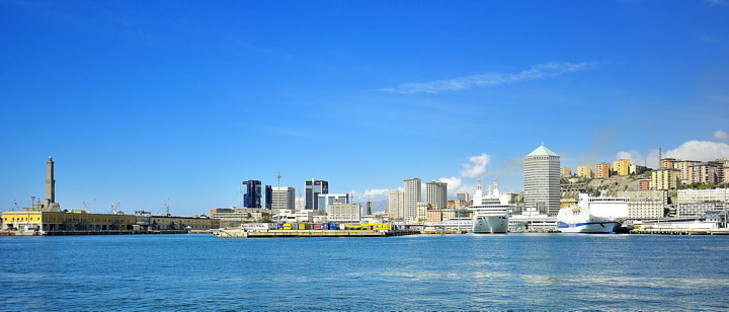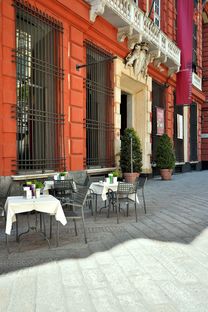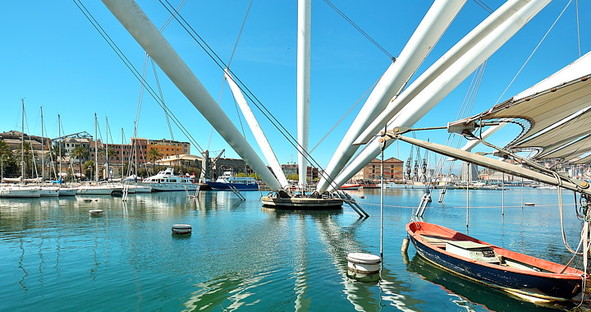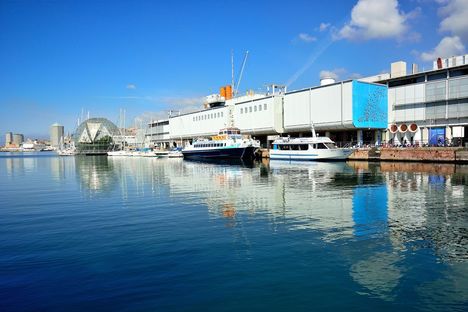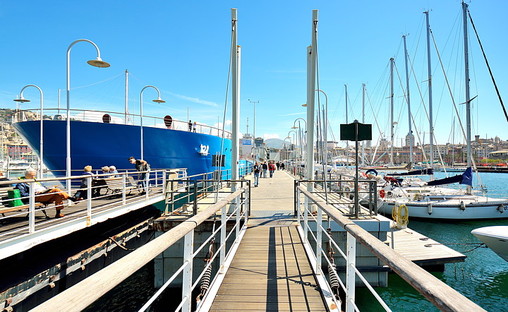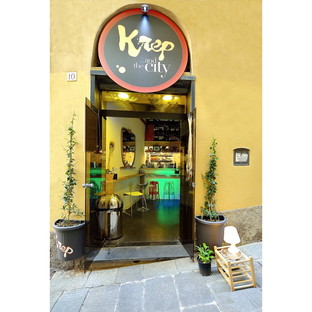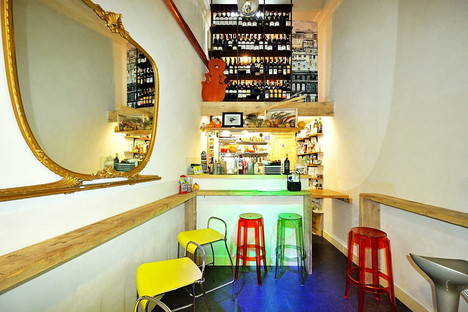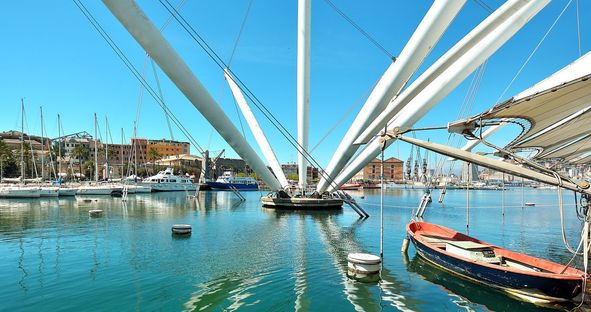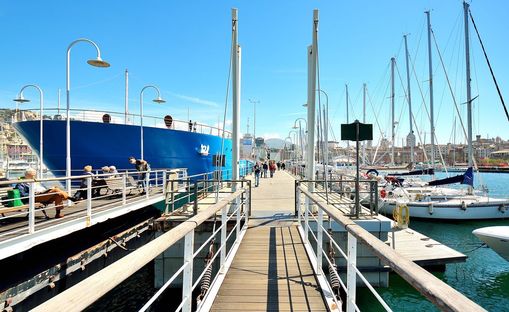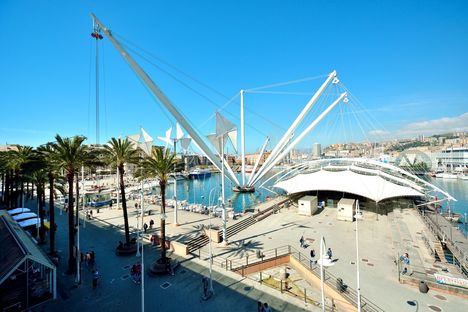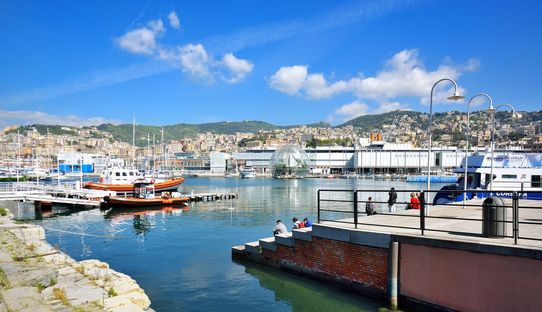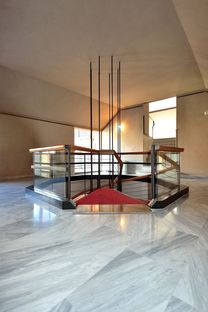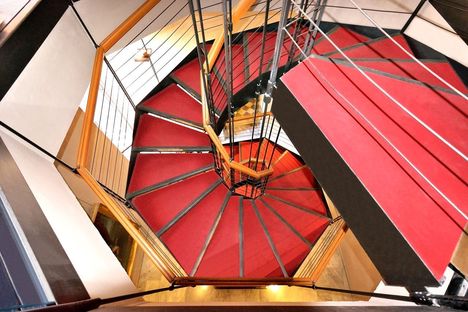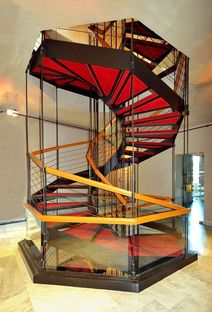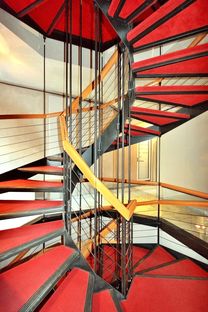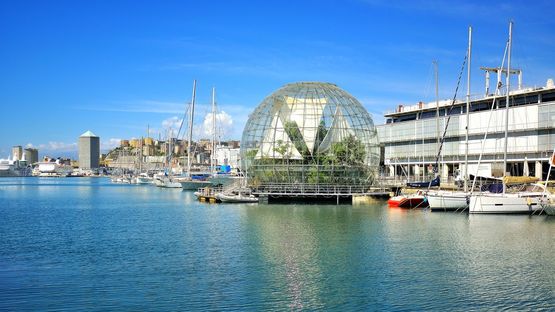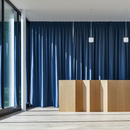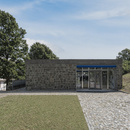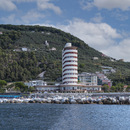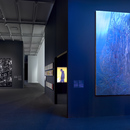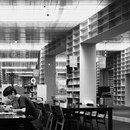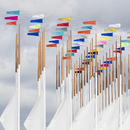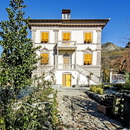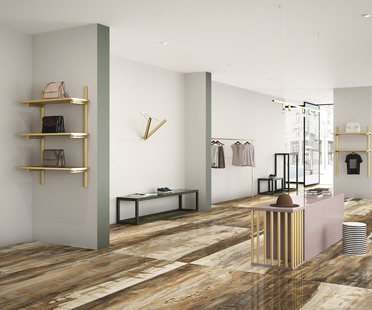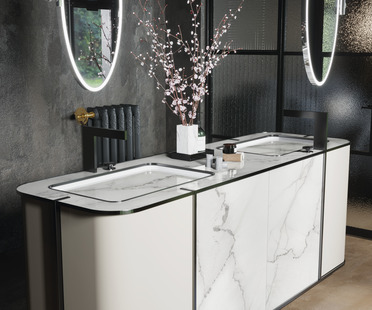- Blog
- Design
- Genoa from Renzo Piano to Franco Albini
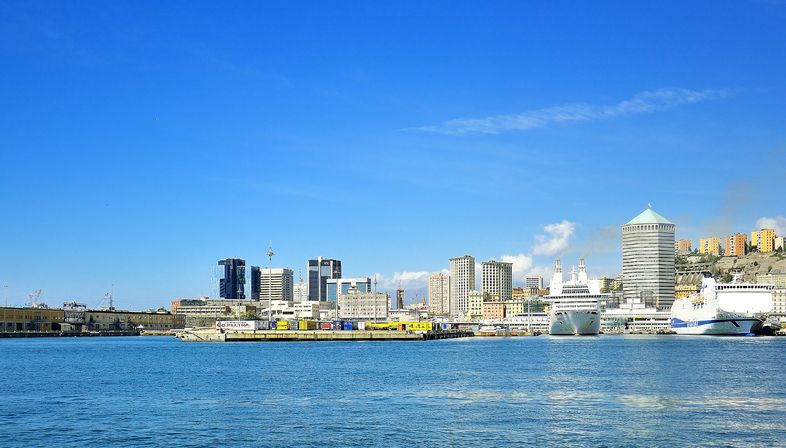 Genoa: a city with a thousand faces that we are showing our readers on a walk from the Porto Antico, the old port designed by Renzo Piano, which has become one of the city's most popular tourist attractions, to Palazzo Rosso, part of the UNESCO heritage zone.
Genoa: a city with a thousand faces that we are showing our readers on a walk from the Porto Antico, the old port designed by Renzo Piano, which has become one of the city's most popular tourist attractions, to Palazzo Rosso, part of the UNESCO heritage zone.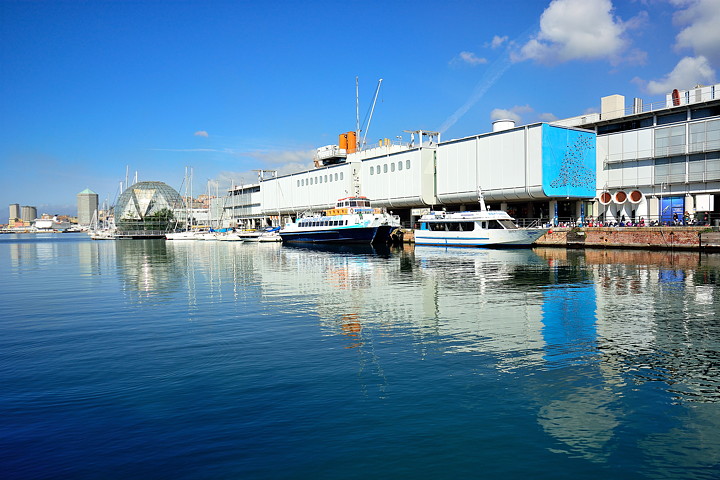
Genoa has plenty of culture to offer and is always well worth a visit. With photographer Gianluca Giordano we decided to showcase two places for anyone who wants to combine art, architecture and leisure, easy to cover on foot - the easiest and most sustainable way to explore the old town, with its signature carrugi - the narrow Genoese alleys.
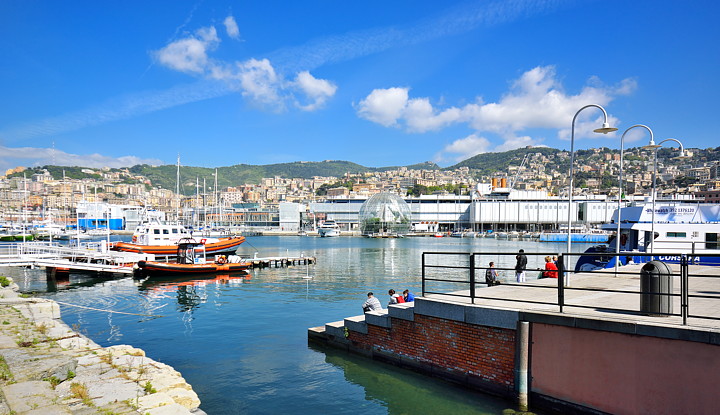
We start in the Porto Antico, the old port that Renzo Piano designed for the Christopher Columbus celebrations in 1992. This redevelopment of part of the port area in the old town meant the Genoese people could finally engage with their sea.
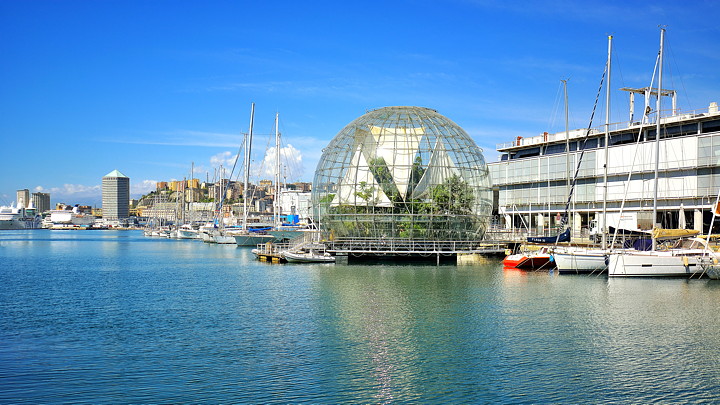
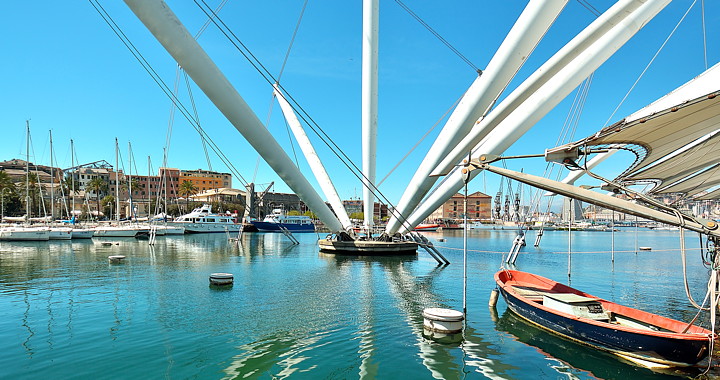
One of Genoa's most popular tourist drawcards is the Aquarium - expanded in 2013 with the new cetacean pavilion - also designed by Renzo Piano, along with the Biosphere, inaugurated in 2001, and the Bigo, the redesign of a large harbour crane. The base is actually in the water itself, and the glazed, round panoramic lift gives you delightful views of the city centre.
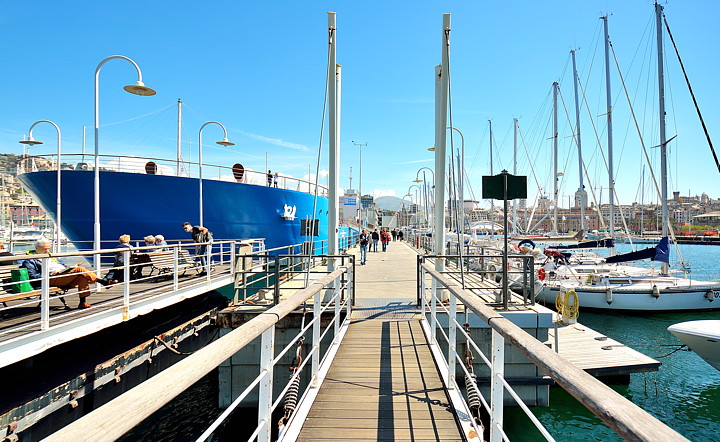
And here's a well-hidden gem - behind the Aquarium, stretching over the water are barges, floating platforms where you can sit back, relax and enjoy the sea views.
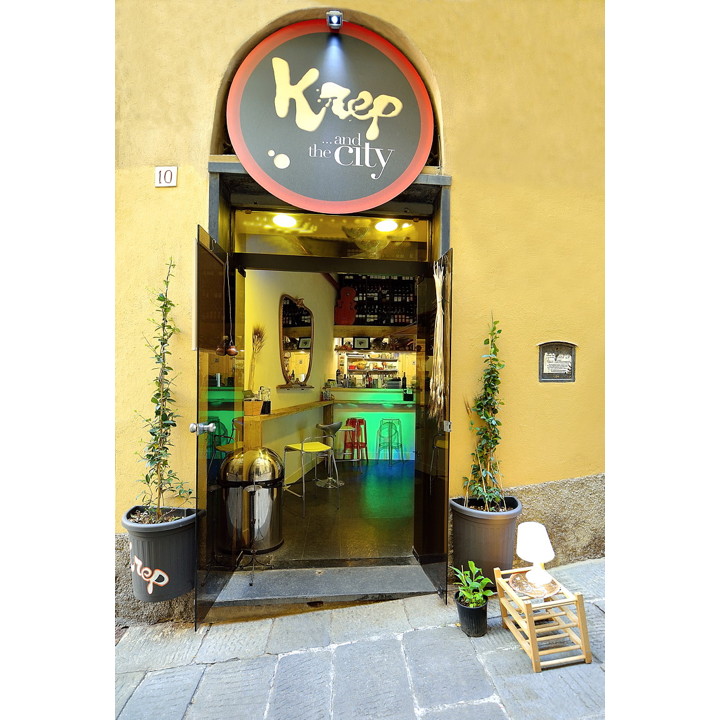
As you walk from the Porto Antico to Via Garibaldi - heart of the Genoa UNESCO heritage site with the Palazzi dei Rolli - you'll find lots of places to grab a snack, away from the usual tourist tracks. An example? Krep and the City, a small hole in the wall of a mediaeval palazzo, with simple, friendly design where you can enjoy yummy, homemade crepes and pancakes.
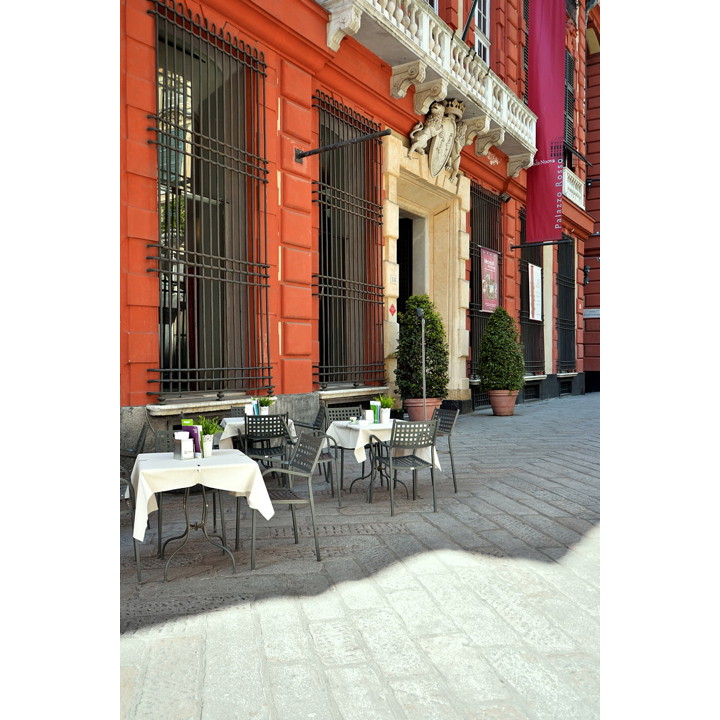
Then we arrive in Via Garibaldi, built in 1550, and also known as Via Maggiore, Via Nova, Via Aurea. This is the first example of European land subdivision, with late renaissance and baroque urban spaces standing alongside more than one hundred buildings of the city's noble families.
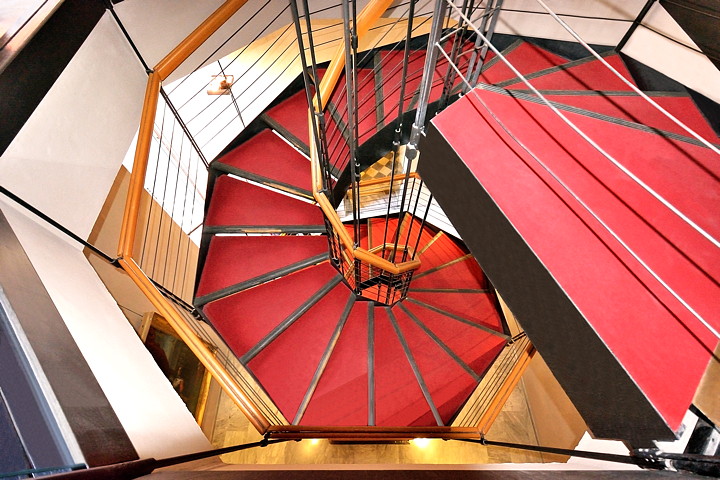
Palazzo Rosso at number 18 not only houses the famous art collection of the Brignole-Sale family, including paintings by Antoon van Dyck, Guercino, Bernardo Strozzi, Albrecht Dürer and Grecchetto, but also a real gem of 20th century architecture: the staircase by Franco Albini.

This prominent rationalist architect was responsible for the restoration and redevelopment of the museum layout of Palazzo Rosso between 1952 and 1961 and he designed an octagonal staircase held up by steel tie rods. The leather upholstered handrail is covered by red felt, fitting into the historical setting like a graceful sculpture, precious testimony of Albini's design work. An absolute must for anyone who loves eye-catching design and architecture, to photograph and to share.
Christiane Bürklein
Immagini: © Gianluca Giordano
Link: more about Genoa - Porto Antico – Palazzo Rosso










